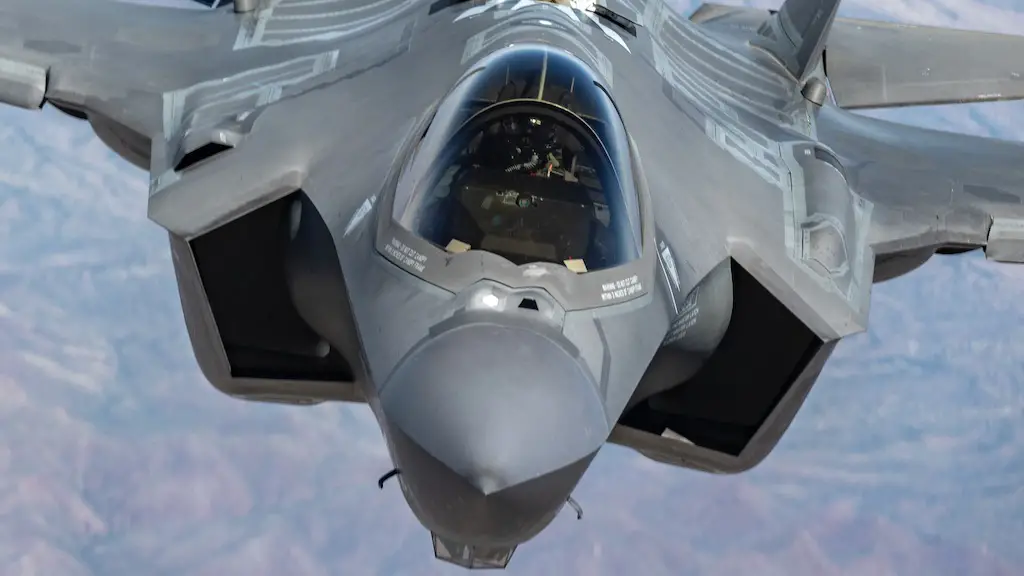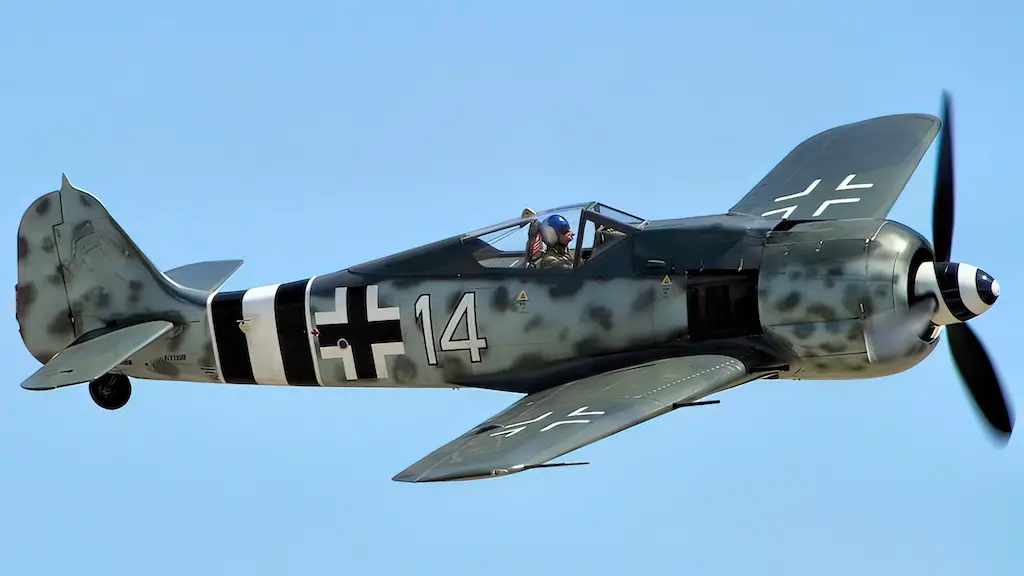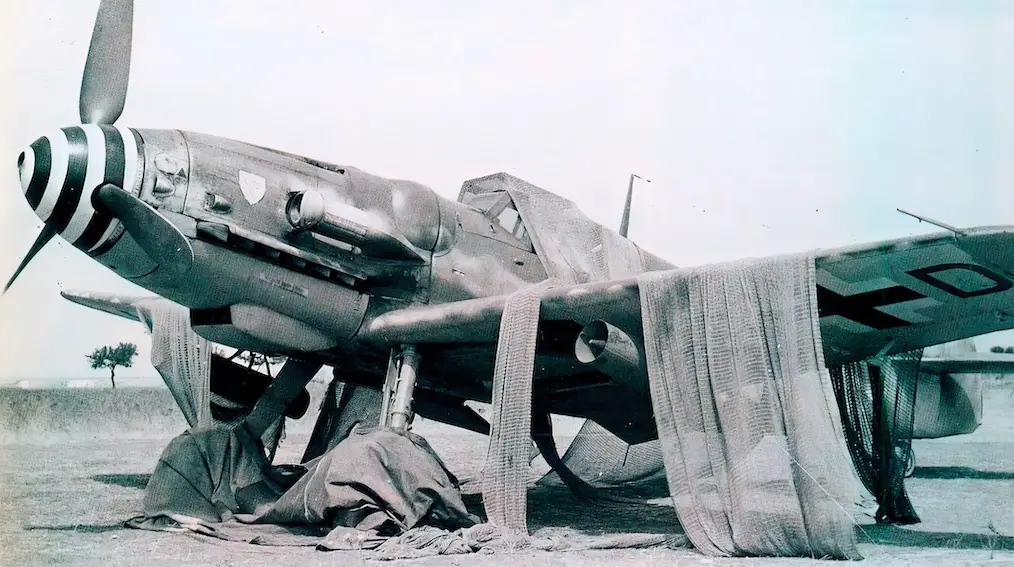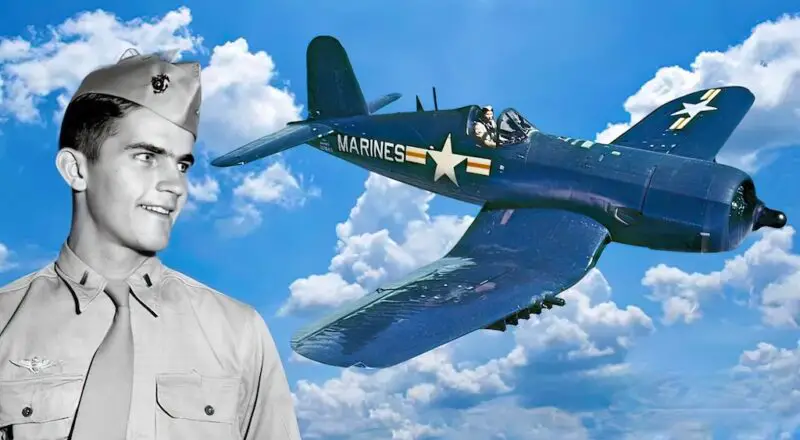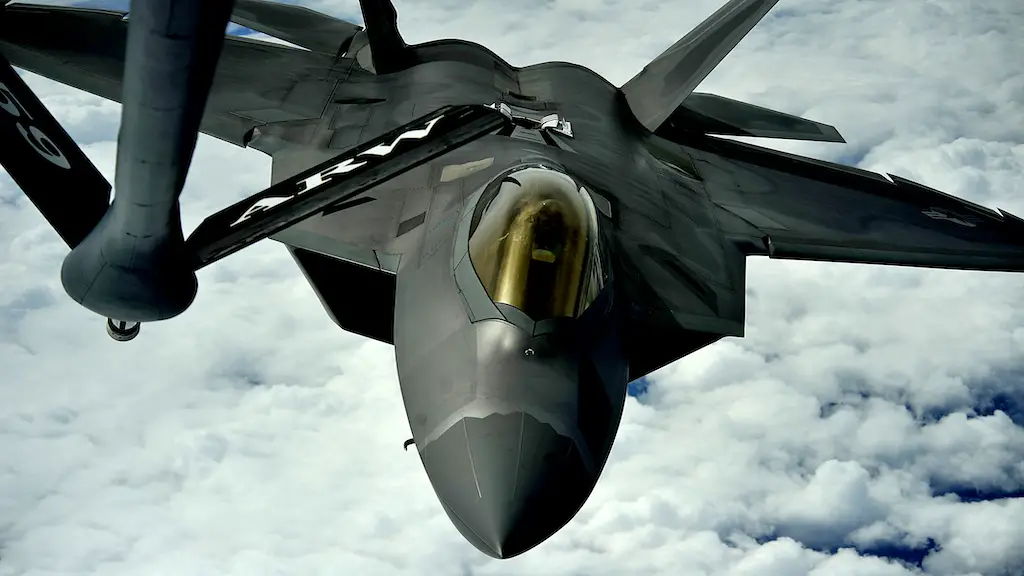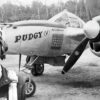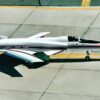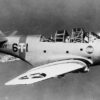The F-35 Lightning II, developed by Lockheed Martin, is a fifth-generation multi-role stealth fighter jet that has revolutionized modern aerial combat. This versatile aircraft combines cutting-edge technology, advanced sensors, and stealth capabilities to achieve unmatched situational awareness and lethality. One of the most critical components that contribute to its exceptional performance is its powerful and innovative engine system.
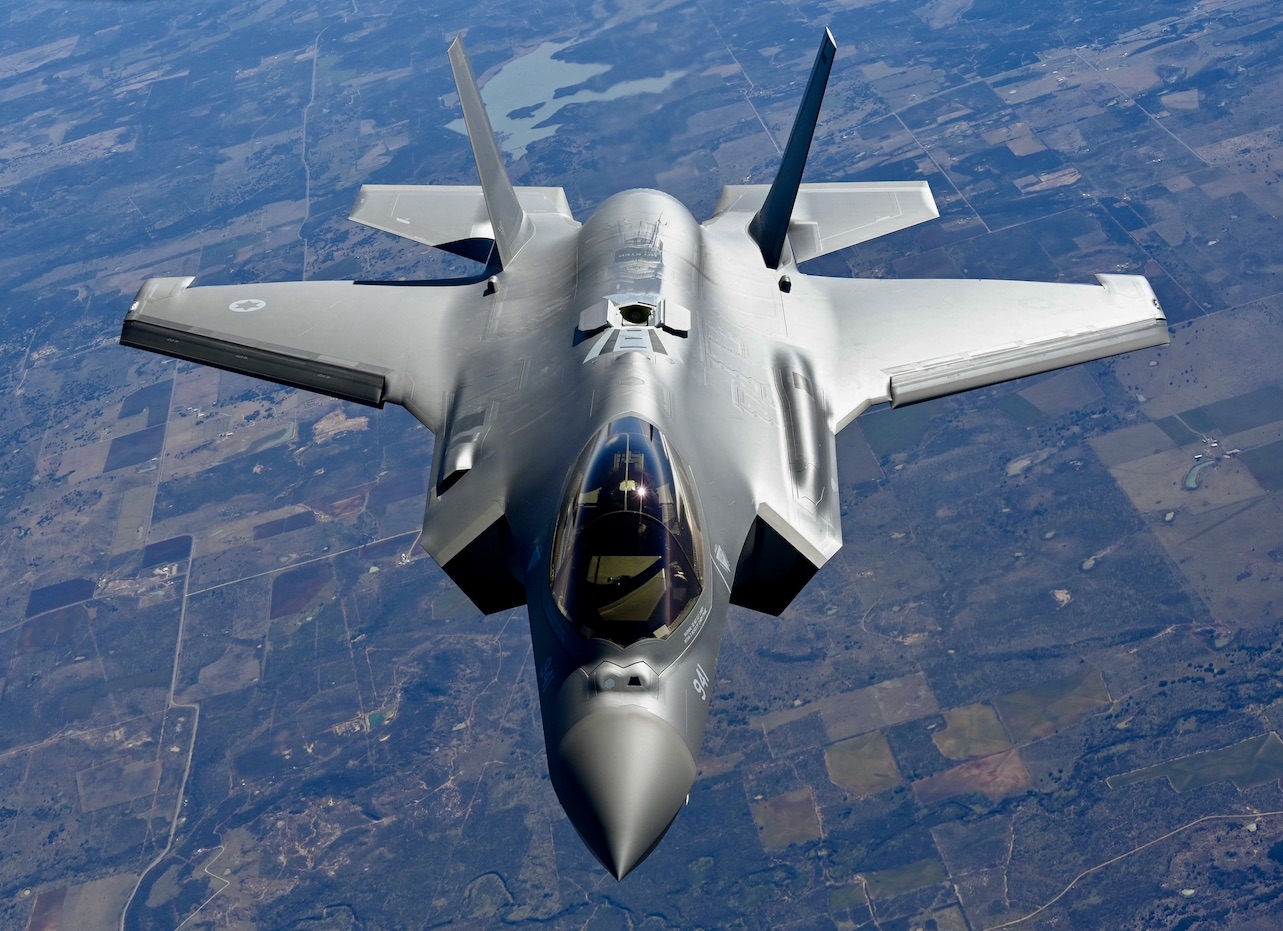
The Pratt & Whitney F135 Engine:
The heart of the F-35 Lightning II is the Pratt & Whitney F135 engine, which comes in three variants: the F135-PW-100, the F135-PW-400, and the F135-PW-600. The engine’s design reflects the latest advancements in propulsion technology, enabling the F-35 to operate as a stealthy, high-speed, and agile fighter with impressive range and endurance.
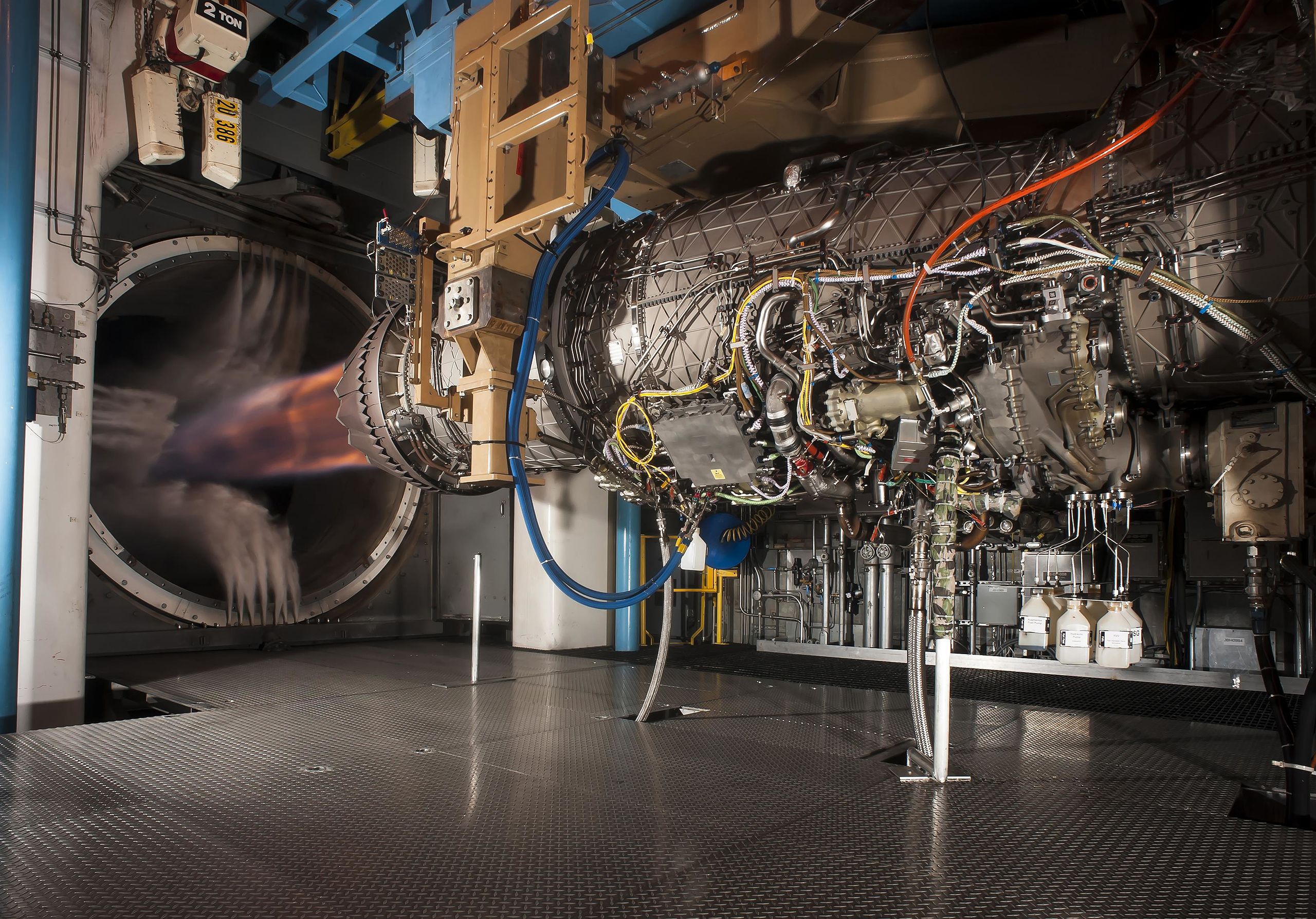
Core Architecture:
The F135 engine boasts a three-stream architecture, which includes a fan, a low-pressure compressor, and a high-pressure compressor, each stream operating independently. This innovative design allows for optimal performance across a wide range of flight conditions, from subsonic to supersonic speeds. Additionally, the engine features an advanced Full Authority Digital Engine Control (FADEC) system that precisely manages fuel flow and optimizes performance, maximizing efficiency and thrust.
Thrust Vectoring:
The F135 engine incorporates a unique thrust vectoring capability, which allows the F-35 to achieve unmatched agility in the skies. By manipulating the direction of the exhaust nozzle, the aircraft gains enhanced maneuverability during dogfights and evasive maneuvers. This thrust vectoring technology enables the F-35 to outmaneuver adversaries, making it a formidable force in air-to-air engagements.

Lift Fan:
The Lift Fan is a powerful, ducted fan located in the F-35B’s fuselage that generates the additional lift required for vertical takeoff. During takeoff, the Lift Fan directs air flow downward, counteracting the force of gravity and allowing the aircraft to rise vertically. The 3BSM is a sophisticated system that enables the F-35B’s engine exhaust to rotate downward for vertical thrust. This module uses three bearing swivels to redirect the exhaust, providing the necessary lift during vertical operations.
Reduced Infrared Signature:
The F-35’s engine is carefully engineered to reduce its infrared signature, making it challenging for enemy heat-seeking missiles to lock on to the aircraft. This feature, combined with the overall stealth design of the F-35, ensures that the aircraft can operate deep within hostile territories undetected and unchallenged.
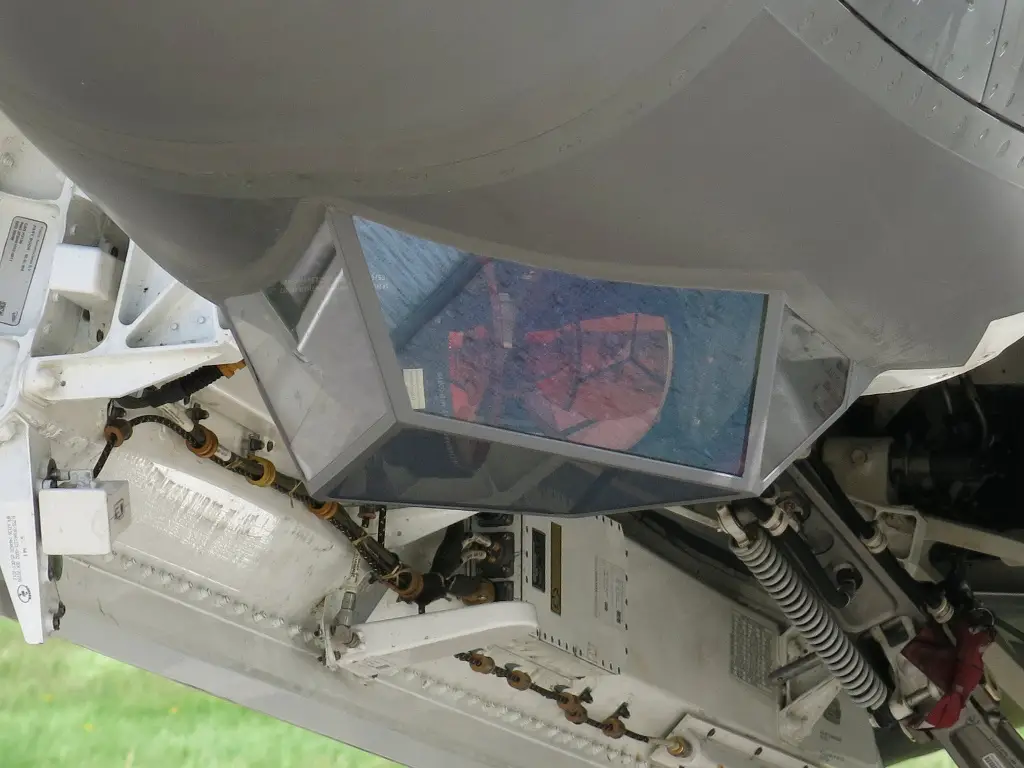
Power and Performance:
The F135 engine delivers an impressive thrust-to-weight ratio, enabling the F-35 to take off and land on shorter runways, even in adverse conditions. The engine’s afterburner capability also provides a significant boost in speed and power when required, allowing the F-35 to excel in both combat and reconnaissance missions.
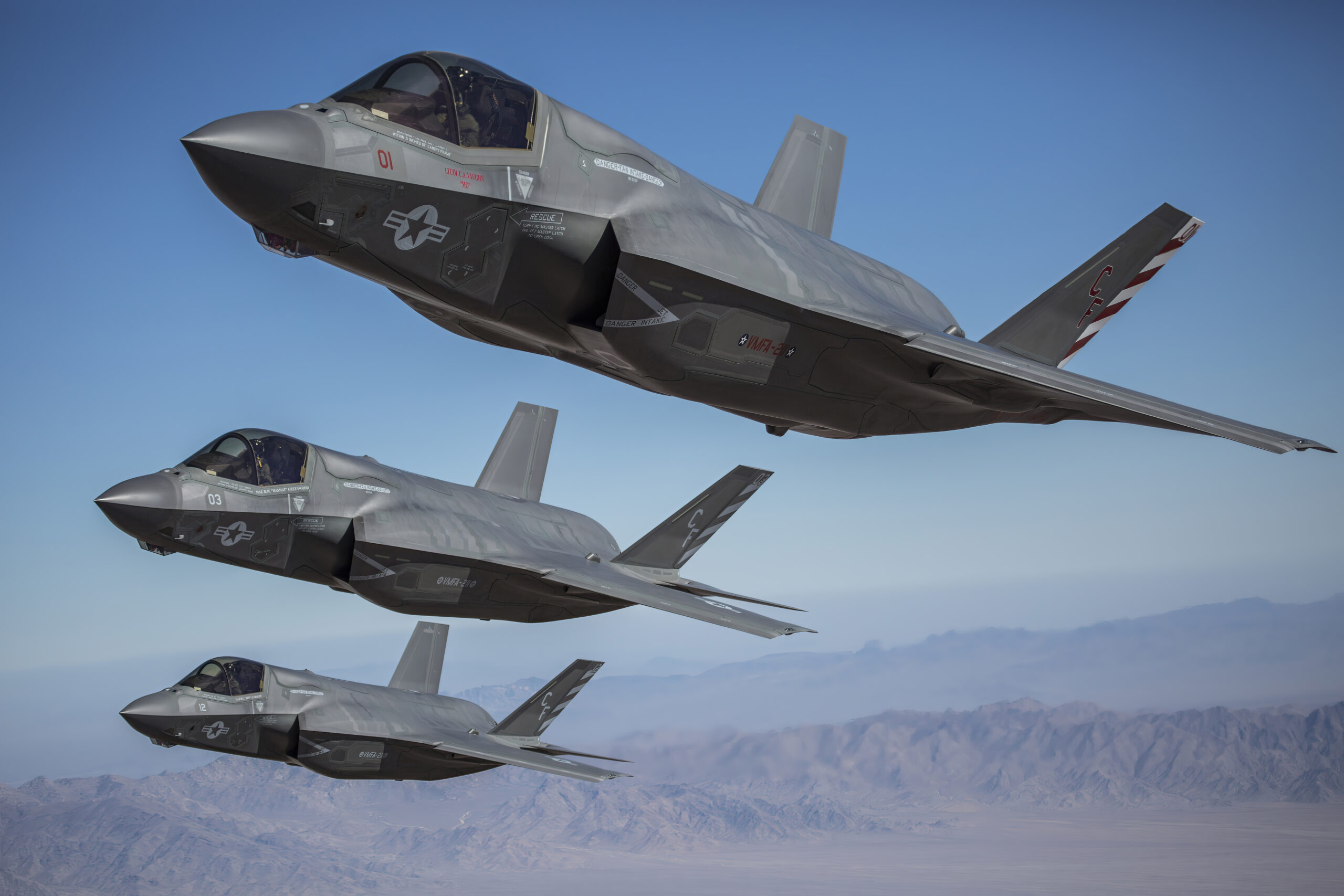
Short takeoff and vertical landing (STOVL)
In addition to the standard F135 engine, the F-35B variant – designed for short takeoff and vertical landing (STOVL) capabilities – incorporates the Rolls-Royce LiftSystem. This system consists of three components: the Lift Fan, the Three-Bearing Swivel Module (3BSM), and the Roll Posts. Together, they enable the F-35B to take off and land vertically, enhancing its operational flexibility in various environments.

State of the art
The F-35 Lightning II represents the epitome of modern aerial dominance, and much of its success can be attributed to its state-of-the-art engine systems. The Pratt & Whitney F135 engine, with its core architecture, thrust vectoring capabilities, and reduced infrared signature, has redefined the standards of fighter jet propulsion. Additionally, the Rolls-Royce LiftSystem, incorporated into the F-35B variant, has enabled the aircraft to achieve short takeoffs and vertical landings, making it incredibly versatile and adaptable to a wide range of operational scenarios.
As technology continues to advance, it is certain that the F-35 Lightning II will remain at the forefront of aerial warfare, setting new benchmarks for air superiority and combat capability. The continued development of engines and other critical components will further solidify the F-35’s position as one of the most formidable and influential fighter jets of the 21st century.

